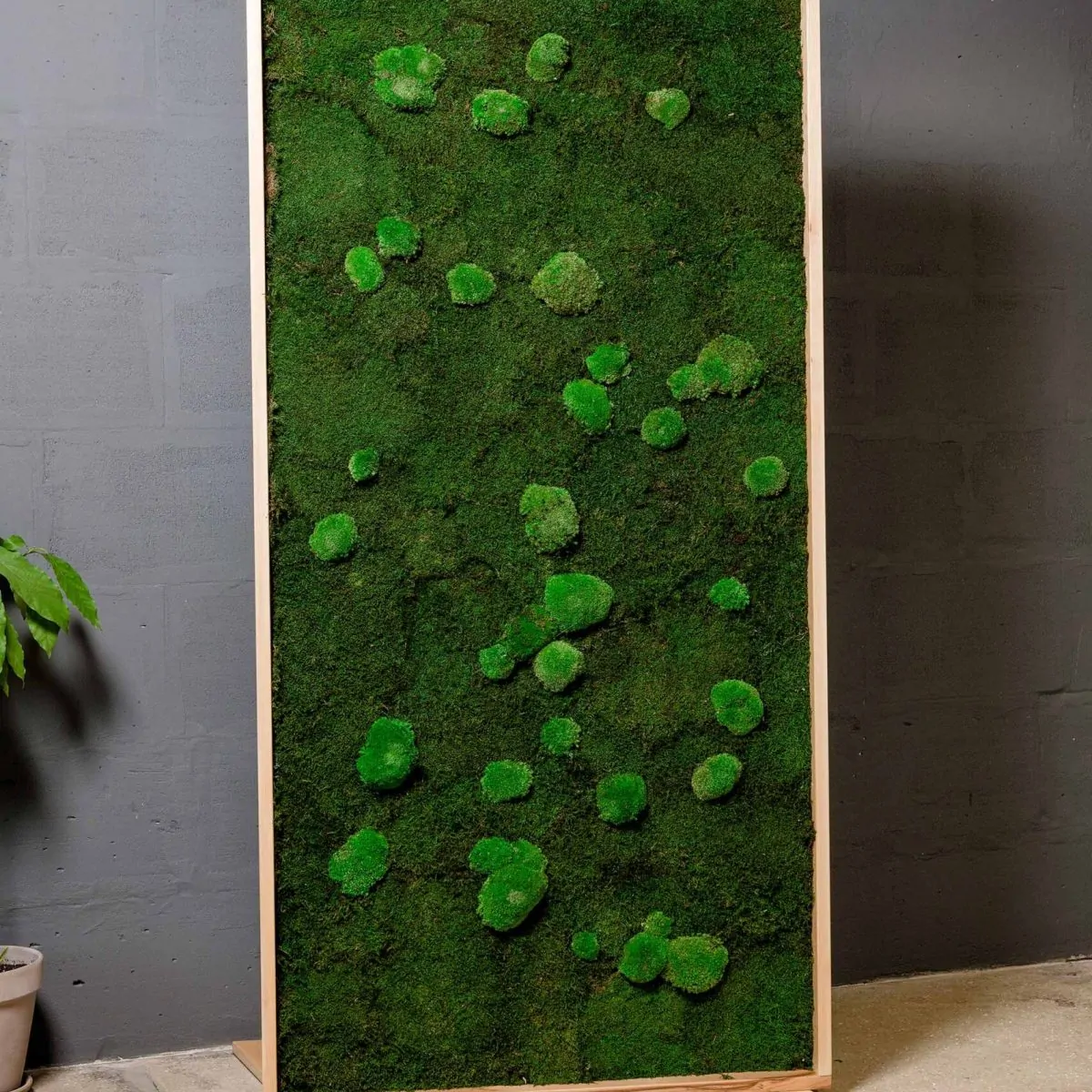execution. The bevels that create the octagon must be laid out so the eight sides are equal as the post tapers from base to tip. Although the layout method shown below is straightforward, it demands precise drafting.
With its solid, square base giving way to an octagonal section that gradually tapers to a narrow tip, the pencil post shown at right offers both strength and refinement. The curved bevels that mark the transition between the square and octagonal segments are known as lamb’s tongues.

|
1 |
Outlining the tapers
For a bed of the dimensions shown on page 50, mark a line for the start of the taper all around the blank 20 inches from the bottom end. Then outline the octagonal taper on the center of the top end. Start by centering a 1 й-inch square on the end with sides parallel to the stock’s side. Extend the sides of the square to the edges of the stock, then draw vertical and horizontal lines through the center, each bisecting the square’s sides. Next use a compass to draw a circle from the center of the
square that passes through each of its four corners. Then, with a pencil and ruler, draw a second square whose corners meet where the circle and center lines intersect (inset). The octagonal shape will be cut by first tapering the stock to the dimensions of the first square you drew, then by planing the corners of that square down to the remaining sides of the second square. Mark the first cuts by using a pencil and long straightedge to extend the taper lines from the end to the start line (above).
![]()
 |
Setting up and starting the taper
An easy way to taper the posts is with a jointer. Set the machine for a shallow cut and position the fence to expose only about 4 inches of the cutterhead. For this operation, also adjust the guard out of the way. Then, holding the blank against the
fence, align the taper start line with the front of the outfeed table. To start each pass, carefully lower the blank onto the cutterhead while holding it firmly against the fence (above). Make sure both hands are over the infeed side of the table.
|
3 |
 Tapering the posts
Tapering the posts
Feed the leg across the cutterhead with a push block, pressing down on the trailing end of the stock while holding it flush against the fence (left). Keep your left hand away from the cutterhead. Make as many passes as necessary until you have trimmed the stock to the taper outline, repeating the process to shape the remaining faces. If your markings are correct, you should make the same number of passes on each side. Clean up the taper at the start line using a belt sander.
 |
 |
|
2 |
 Roughing out the bevels
Roughing out the bevels
To secure the posts, use three wood blocks. Cut V-shaped notches into an edge of each one, then place two of the blocks under the workpiece to support it and clamp one on top between the other two; position two of the blocks around the square portion of the post. Then use a drawknife to shape the tapered portion of the posts into octagons, beveling one corner at a time. Holding the drawknife on the stock bevel-side down, pull the tool toward the top end of the post (right). The depth of cut depends on how much you tilt the handles; the lower the angle, the shallower the cut. Take a light shaving, always following the wood grain.
3 Smoothing the bevels
 |
 Once all the bevels have been cut, use a bench plane to flatten the eight sides of the posts’ tapered section. Adjust the tool to a very light cut and work from the taper start line toward the post’s top end to level the surface (right). To avoid tearout, work with the wood grain. Reposition the post in the wood blocks as necessary to flatten the remaining sides.
Once all the bevels have been cut, use a bench plane to flatten the eight sides of the posts’ tapered section. Adjust the tool to a very light cut and work from the taper start line toward the post’s top end to level the surface (right). To avoid tearout, work with the wood grain. Reposition the post in the wood blocks as necessary to flatten the remaining sides.
|
|



